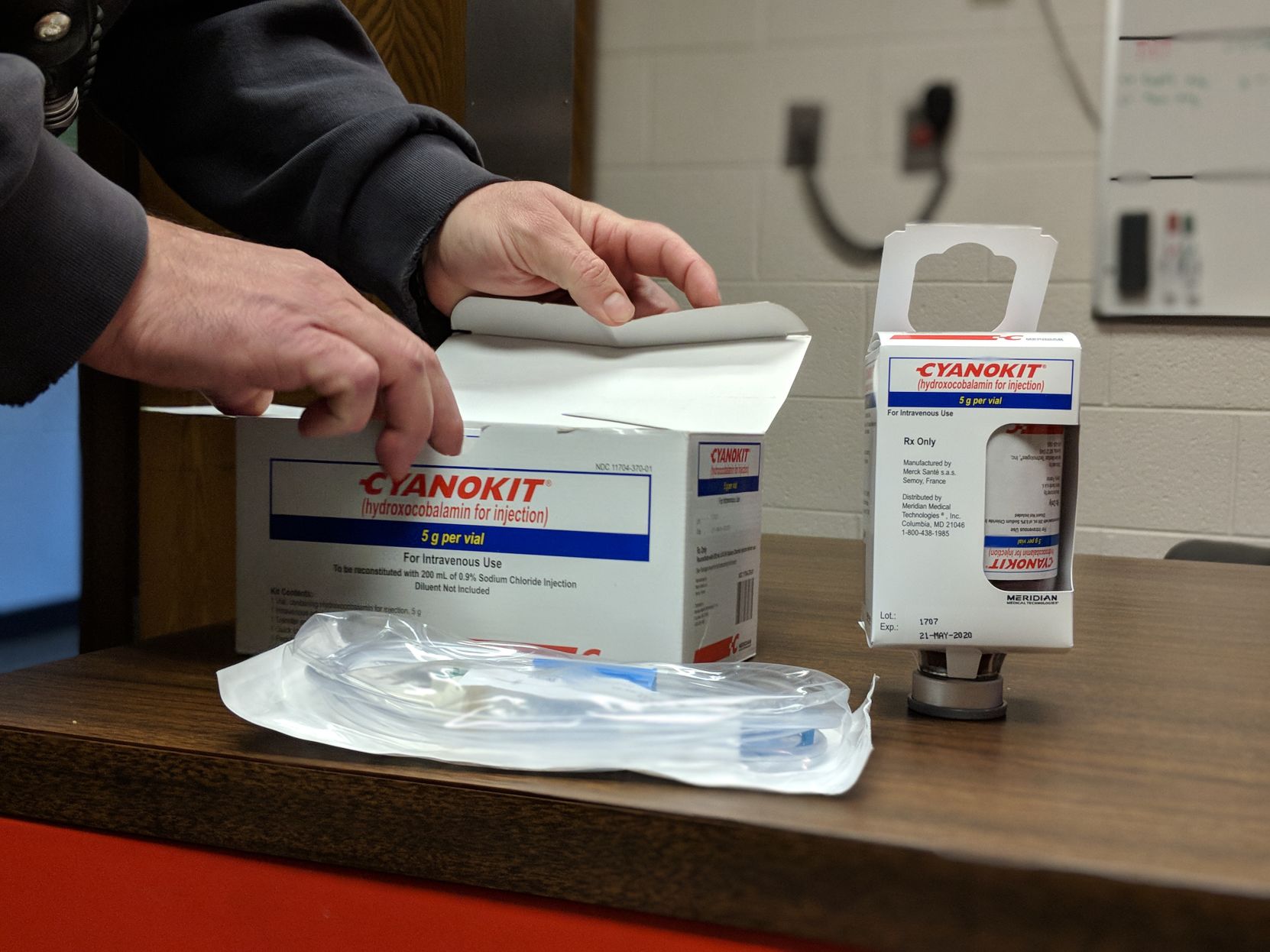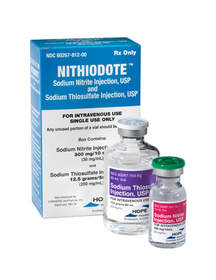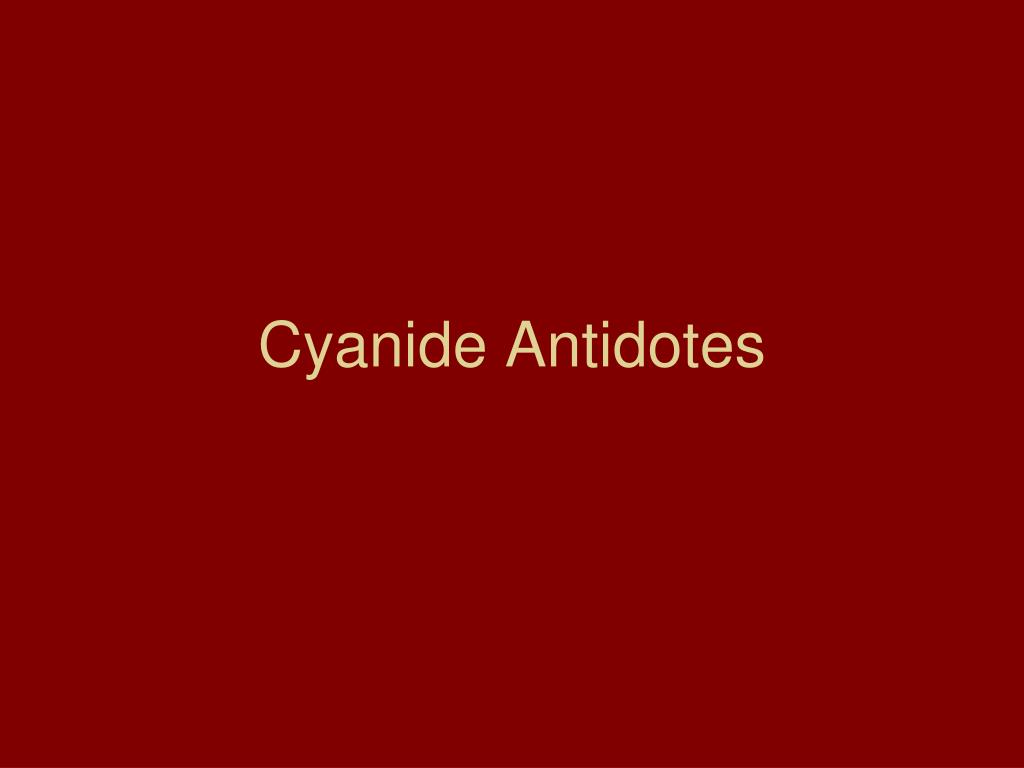


It is very volatile, readily producing flammable and toxic concentrations at room temperature.
Cyanide antidote kit skin#
Persons whose clothing or skin is contaminated with cyanide-containing solutions can secondarily contaminate response personnel by direct contact or through off-gassing vapor.Aqueous solutions are referred to as hydrocyanic acid and prussic acid. In the presence of irritant gas-related lung injuries, treatment of acute respiratory distress syndrome is based on the usual critical cares.Medical Management Guidelines for Hydrogen Cyanide After hospital transfer, hyperbaric oxygen should be discussed according to the severity of features attributed to carbon monoxide poisoning. Its efficiency has been well-recognized and its safety well-assessed. According to the recommendations of the European Society of Emergency Medicine, hysdroxocobalamin should be early administered as first-line antidote on the scene. If consciousness impairment persists despite oxygen (100% FiO2), cyanide intoxication should be suspected.

In smoke inhalation victims, supportive treatment is the cornerstone, based on oxygen administration and aiming at treating respiratory failure. Dysphonia and bronchial ronchi are predictive of delayed lung injury possibly resulting in acute respiratory failure. Irritant gases contained in smoke are responsible for the ocular and respiratory mucosal injuries. The occurrence of hypotension, abnormal respiratory pattern and/or significant lactic acidosis (with plasma lactate concentration ≥10 mmol/l) is consistent with smoke inhalation induced-cyanide poisoning. In smoke inhalation victims, loss of consciousness may result from either CO or CN inhalation, although differentiating the exact role of each of them remains quite impossible. Carbon monoxide and cyanide are the main gases produced during combustion in fires: they are responsible for a syndrome of oxygen deprivation. It represents the first cause of death at the fire scene and after hospital admission. Smoke inhalation causes systemic and mucosal toxicity due to the asphyxiant and irritant properties of toxic gases. The administration of sodium nitrite to smoke inhalation patients in the presence of concomitant carbon monoxide poisoning may be relatively safe. The total oxygen-carrying capacity reduced by the combination of carboxyhemoglobin and methemoglobin was never more than 21% (range, 10% to 21%) in this series. The peak measured methemoglobin levels (mean, 10.5% +/- 2% range, 7.9% to 13.4%) did not occur until a mean of 50 minutes (range, 35 to 70 minutes) following administration of sodium nitrite. Methemoglobinemia was evaluated in four patients after sodium nitrite administration. The mean observed half-life of cyanide was 3.0 +/- 0.6 hours.

Cyanide antidote kit serial#
Peak level and half-life were determined by obtaining serial carboxyhemoglobin, cyanide, and methemoglobin levels. Seven critically ill smoke inhalation patients referred to the regional poison center. Regional poison center and regional toxicology treatment center. To evaluate serial cyanide, methemoglobin, and carbon monoxide levels in smoke inhalation patients.


 0 kommentar(er)
0 kommentar(er)
